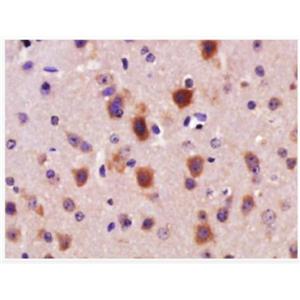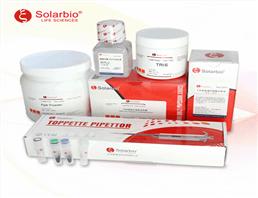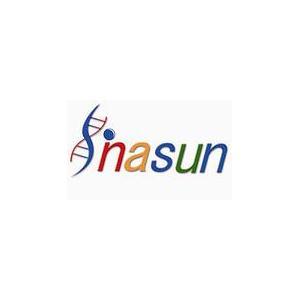AR Polyclonal Antibody
AR Polyclonal Antibody
询价
1EA
起订
湖北 更新日期:2025-12-28
产品详情:
- 英文名称:
- AR Polyclonal Antibody
- 靶点:
- AR
- 货号:
- PAB33167
- 抗体名:
- AR Polyclonal Antibody
- 应用范围:
- WB,IHC,ELISA
- 适应物种:
- Human,Mouse
- 宿主:
- Rabbit
- 规格:
- 10μl/20μl/50μl/100μl
- 克隆性:
- 多克隆
- 保存条件:
- -20℃. Avoid freeze / thaw cycles.Buffer: PBS with 0.02% sodium azide, 50% glycerol, pH7.3.
- 抗体英文名:
- AR Polyclonal Antibody
- 形态:
- Lyophilized or Liquid
- 亚型:
- IgG
公司简介
| 成立日期 | (12年) |
| 注册资本 | 500万人民币 |
| 员工人数 | |
| 年营业额 | |
| 经营模式 | |
| 主营行业 |
AR Polyclonal Antibody相关厂家报价
-

- Anti-AR/Androgen receptor antibody-雄激素受体(AR)抗体
- 上海沪震实业有限公司 VIP
- 2025-12-30
- ¥1098
-
- Anti-AR Polyclonal Antibody
- 北京索莱宝科技有限公司 VIP
- 2025-12-30
- ¥1600.00
-
- AR-α1D Polyclonal Antibody
- 北京碧橙蓝生物科技有限责任公司
- 2025-12-28
- ¥2250





